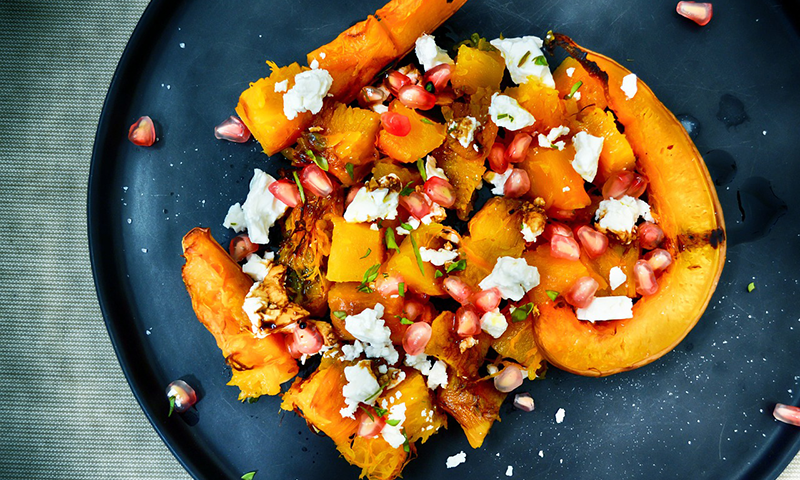Sweet potatoes are a staple of the holiday season. Who doesn’t love a good sweet potato casserole made by mom on Thanksgiving, especially straight from the oven? This large, starchy, sweet-tasting vegetable is versatile and delicious. But many of us find ourselves asking the same question: are they actually good for you? How do they affect weight control?
The 411 on Sweet Potatoes
Despite their name, sweet potatoes are less like a regular potato and more like a carrot, turnip or parsnip. They’re a root vegetable that stores water and energy underground, which allows them to feed the above-ground parts of the plant.
What Makes Them Sweet?
Sweet potatoes get their name from an enzyme that breaks down starches into a sugar called maltose when heated. The level of sweetness you get will often depend on the cooking method you use. Low-heat applied for an extended amount of time will generally give you a sweeter taste.
Still, sweet potatoes are lower on the Glycemic Index than regular potatoes. This means your blood sugar won’t rise as fast after eating one, preventing a dangerous spike in blood sugar that can cause you to feel sick. And while your cooking method also plays a role in the amount of sugars you consume, this root veggie is still a lighter and healthier option.
Health Benefits
- Rich in vitamin A, C, manganese, B vitamins, potassium and antioxidants like beta-carotene
- Helps reduce inflammation
- Helps regulate blood pressure and discard excess sodium
- Supports weight-loss with high fiber
- Has a protective effect on the digestive system
- Improves learning, memory and brain function
- Helps curb your “sweet tooth” without extra processed sugar
Healthy Ways to Prepare Sweet Potatoes
Half of the magic in this superfood is its versatility. You can prepare them in a bunch of different ways for breakfast, lunch AND dinner. The trick is to lean on its flavor to compliment other rich ingredients and whole foods. Instead of frying them up to make fries dipped in a cinnamon sugar spread, consider these other ways to eat your sweet potatoes.
Roasted
Cut your sweet potato into cubes, then mix them in a bowl with a spoonful of olive oil and your favorite herbs/spices. Spoon the mixture onto a baking sheet (use tin foil or cooking spray to prevent sticking) and spread the cubes out. Bake at 375 degrees for 30-45 minutes until they reach your desired texture. Drizzle a little more olive oil on top.
Mashed
A perfect savory side dish for Thanksgiving! Add some garlic, salt and pepper, and throw-in a little bit of butter if you’d like. Some people use plain low-fat Greek yogurt to give it a creamy texture that’s lighter in calories. Then throw a sprig of Rosemary on top.
Baked Whole
Just like regular potatoes, sweet potatoes can be excellent baked just as they are. Butter them up and wrap them in tin foil to bake at a high temperature for 45 minutes to an hour or so (look for that crispy outer skin). If you want to dress them up, consider stuffing them with ingredients like black beans, quinoa, chives, paprika and other veggies. Or, eat them as they are and add a little butter, salt, pepper and plain non-fat Greek yogurt on top.
For tasty recipes on the lighter side, try FitFoodieFinds.com. Looking for more information about sweet potatoes? CLICK HERE for an older post on the Your Weight Matters Blog.






